How life drawing was an essential part of art education in the past
Life drawing is a representation of the human subject in any of its various forms and positions using any style or type of drawing. Life drawing also includes the studies on individual details such as drapes, anatomical parts, facial expressions, etc. These details, which are part of the final composition, are elaborated from living models. In addition to the living model, through history the artists made use of wooden dummies, particularly suitable for studying body positions. One of the first artist who resorted to this method was Fra Bartolomeo. Tintoretto, as reported by ancient sources, created models of wax or clay which were coated and lit by candlelight in order to study the chiaroscuro effects.
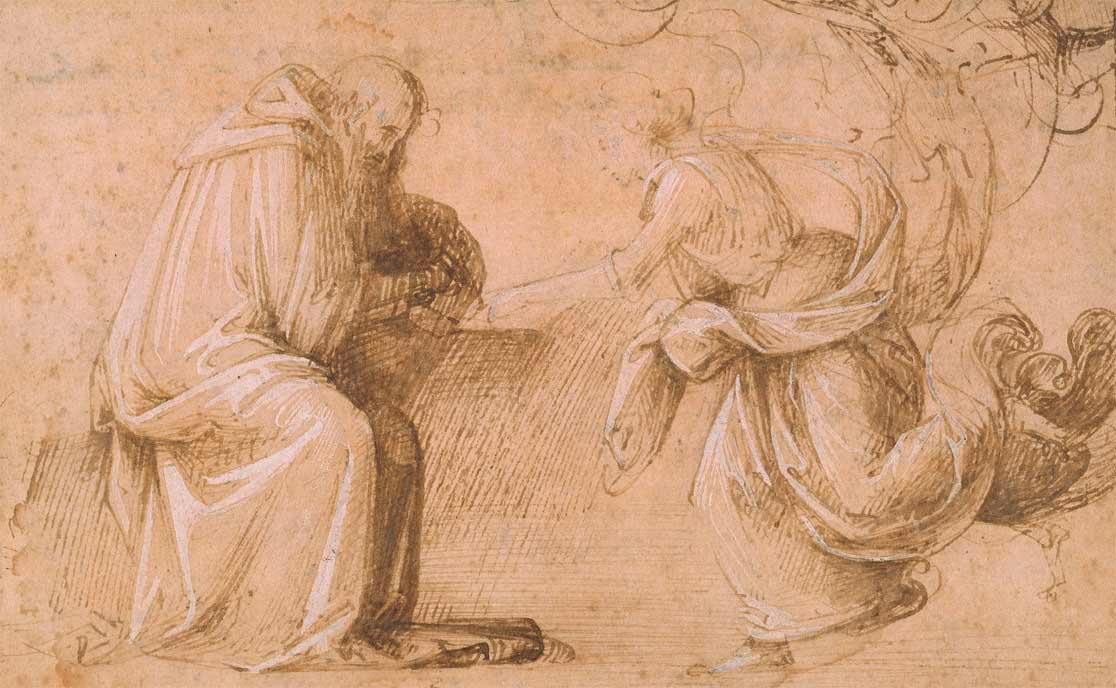
One of the greatest innovations of the fifteenth century concerns the concept of model. It was no longer intended only as an example or prototype to follow, but as a study based off a real model. Renaissance teaching is set on this new type of drawing, which is in harmony with humanistic anthropocentrism. New value is attributed to the manly figure in its physical appearance. Represented naked or draped and in different attitudes and poses, the man figure constitutes the new reference model. Furthermore, the way artists observe nature, based on the analysis of real data and not on traditional standards, determines an important turning point. Among the first artists to turn to life drawing, breaking away from the medieval tradition of model books, is Pisanello. In his sketchbooks he portrays animals and characters with great executive refinement, using these studies drawn from reality as preparatory drawings for his frescoes. In Pisanello's drawings, which are preserved at the Louvre Museum in Paris and at the British Museum in London, are outlined some details for the fresco of the "Departure of St. George" in the church of Sant 'Anastasia in Verona.
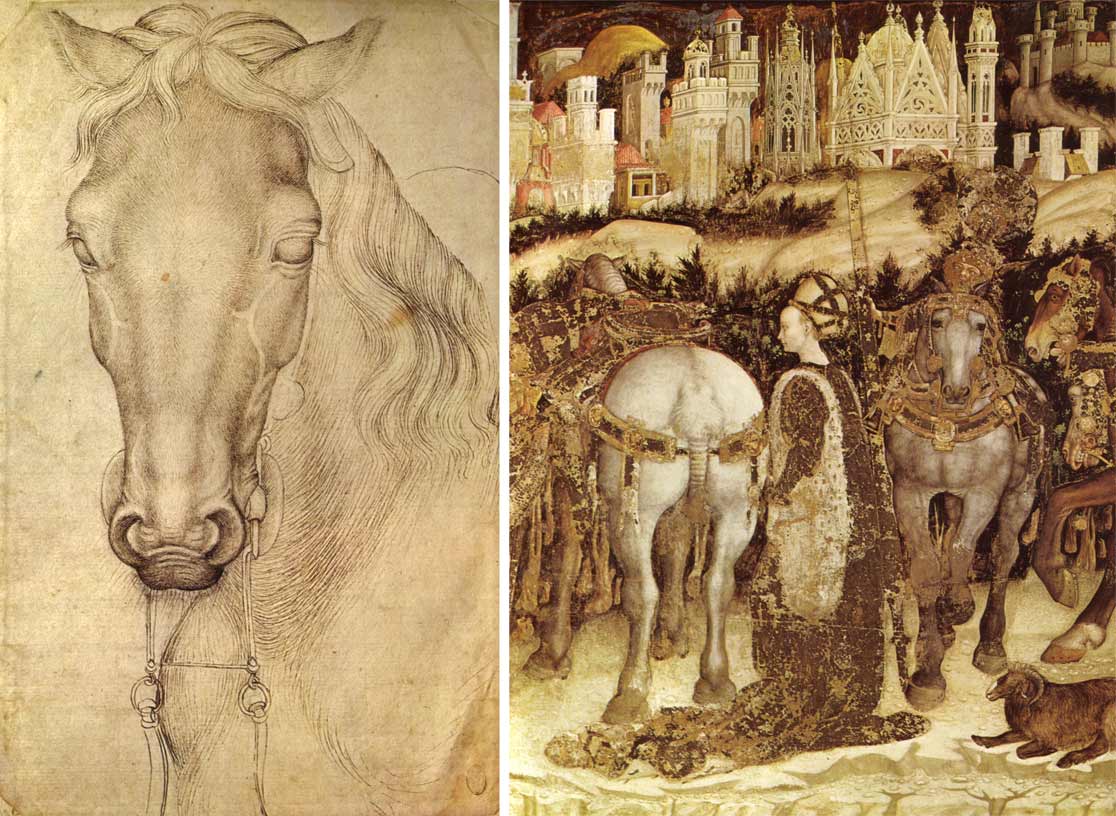
But it is especially in the Humanist Florence that the study of life drawing is enriched by greater contributors, although very few are the remaining pieces of the masters of the early fifteenth century. In the second half of the century, artists such as Botticelli, Filippino Lippi, and Ghirlandaio assiduously practiced in portraying male models. These artists tried to investigate the anatomical structure in proportions and in relation to the drapery, without considering these drawings as preparatory studies for paintings. Therefore, signing the birth of figure drawing, which will be the basic aspect of artists' apprenticeship until the nineteenth century. The greatest personalities of the Renaissance tested themselves in the study of the naked figure: Leonardo, which mainly aimed for scientific research about the human body; Raphael, whose sheets document the steps towards the classical ideal; Michelangelo, who from the study of the ancient masters drew the dynamic and sculptural formulation of the figure.
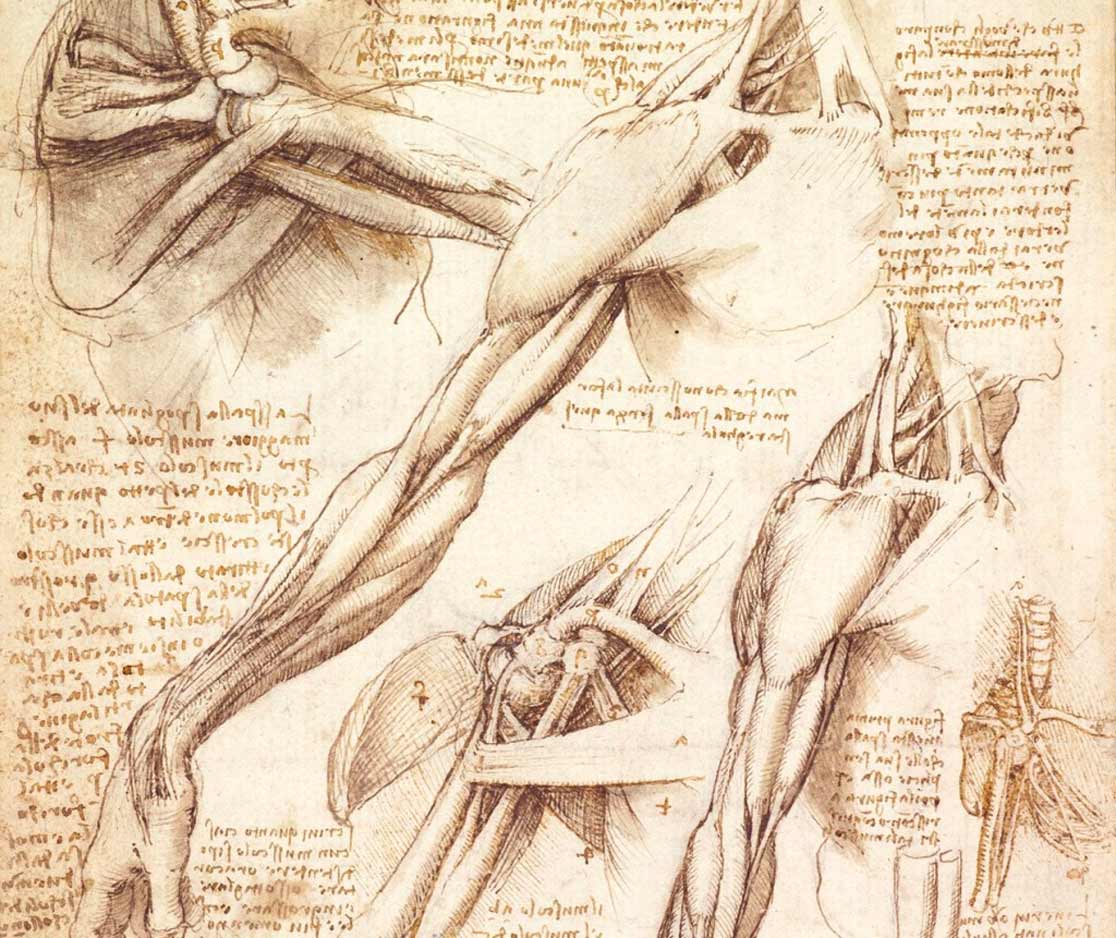
In 1582, the Carracci brothers founded the "Accademia degli Incamminati" in Bologna, which based the teaching aimed to the artists on the assiduous exercise on drawings. Even though life drawing is favored, it is based on the "reform" advocated by the Accademia.
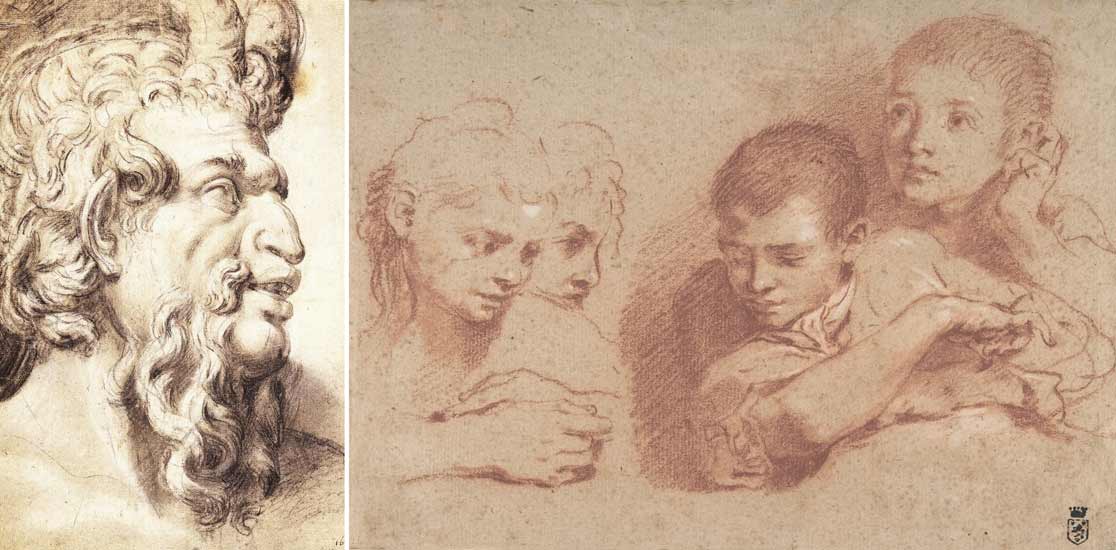
Life drawing must be improved by looking at the art of the great Renaissance masters, in particular Raphael. The theories of seventeenth-century Classicism prescribe the achievement of the ideal of beauty, which refers to Raphael, through the exercise of drawing.

The most important innovations of the following century concern the great impulse had by the collectors' market and the cataloging of drawings. In fact, during the seventeenth and eighteenth centuries, there was a rapid spreading of collectors in Europe. Eminent figures such as Pierre Crozat and Pierre-Jean Mariette in France and Jonathan Richardson in England, gathered mainly Italian Renaissance sheets. Their collections constituted the basis of drawing archives in major European museums, from the Louvre to the British Museum.
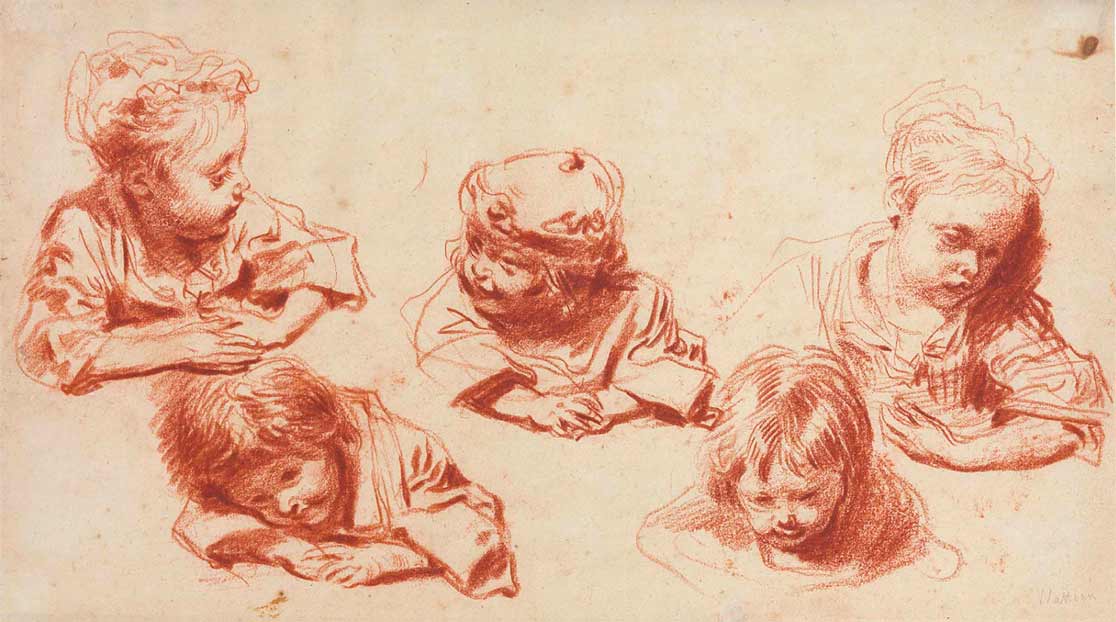
Another novelty is given by the various pictorial genres such as the landscape, the portrait, the caricature, the scene of popular life. It is in this century that, in Europe, they reach their full maturity. So, the genres allowed the production of autonomous works, even in the graphic field, which were created to satisfy a niche of collectors. Among the most prominent personalities, Gian Lorenzo Bernini has left a vast graphic collection which reveals the artist's complex figurative culture and the multiplicity and variety of applications of his art. His interests ranged from architecture to sculpture, from scenography to decorative arts. In the work of Bernini, the drawing is considered both a design moment and a personal entertainment, as documented by caricatures and portraits of characters of the time. The style is also very diverse: most of his architectural drawings appear as very weak and elementary pen or pencil graphic notes. While other works, which refer to sculptures or to fountains, are much more detailed. The latter, although resorting to the use of watercolors, maintain the quality of rapid visual annotation, which is destined to be further elaborated.
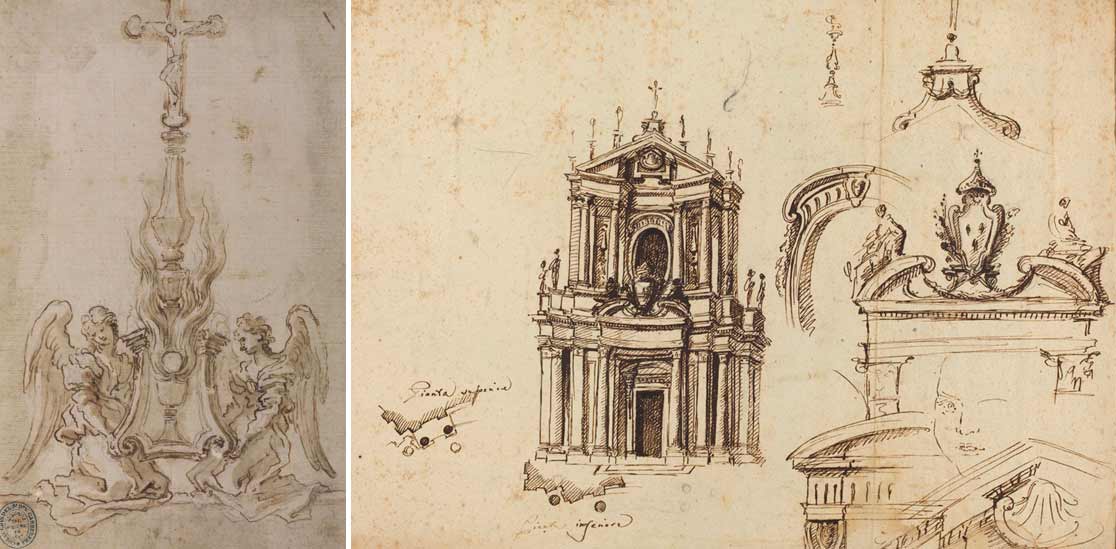
Unlike Bernini, Guercino, in parallel with painting, found in drawing a particularly congenial form of expression. In this way he inaugurated a very personal and highly sought-after style – which contributed to the increase of a flourishing market for imitations - which favored the technique of pen and watercolor ink.
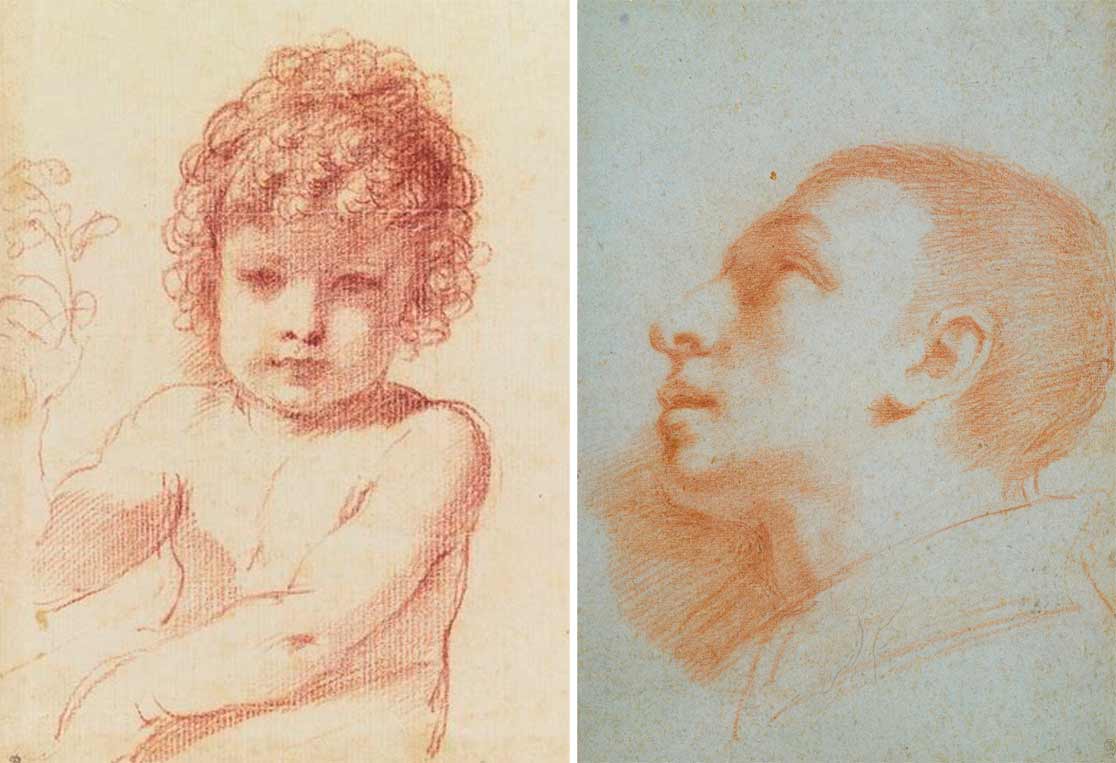
The late eighteenth and early nineteenth centuries saw the two opposing currents of Neoclassicism and Romanticism. In challenging each other, they also gave rise to different conceptions of drawing. Thus, the painters were divided into two sides. On the one hand, Ingres, a master of classicist linearism and of a highly refined and finished drawing.

On the other hand, painters such as Delacroix and Géricault, who exalted the sketch as more vital expression than the final work. The romantic aesthetic expressed a worth judgment favoring the preparatory design in its various phases and exalting it as the most genuine and original expression of creativity over the finished work. In nineteenth-century art, another aspect worth of notice is the role of the Academy on the graphic activity. This genre, intended as life drawing, is intended primarily as a study of the nude or of draped figures, from living models or ancient statuary. Because of its importance, it was widely practiced and canonized in precise rules. Both the neoclassical and the romantic movements reacted to academic teachings. The first proposed a revival of ancient art adhering to the theories that were being formulated, the second invoked the expressive freedom of the artist and his individuality.
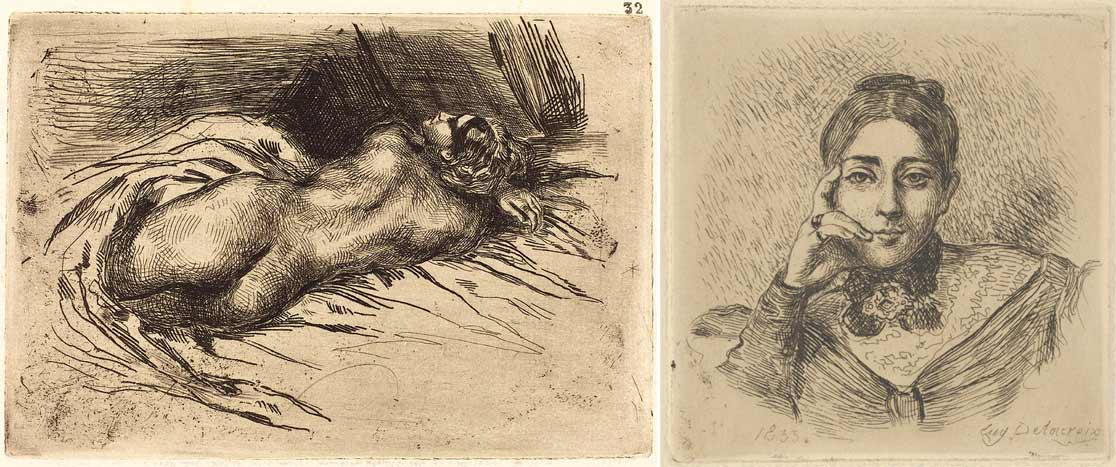
This is your unique chance to get a lifetime academy membership and a dedicated team of art teachers.
Such unlimited personal tutoring is not available anywhere else.




